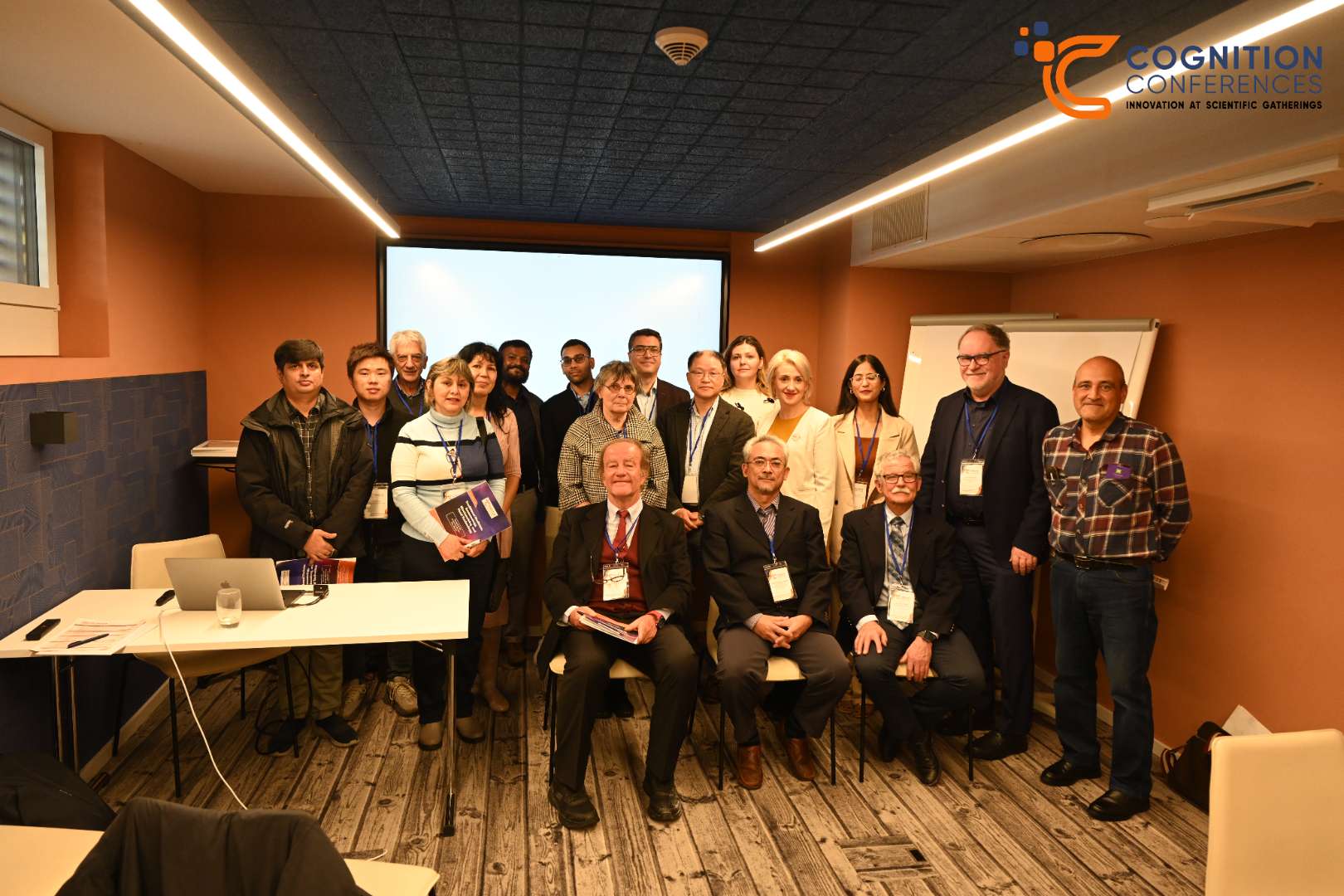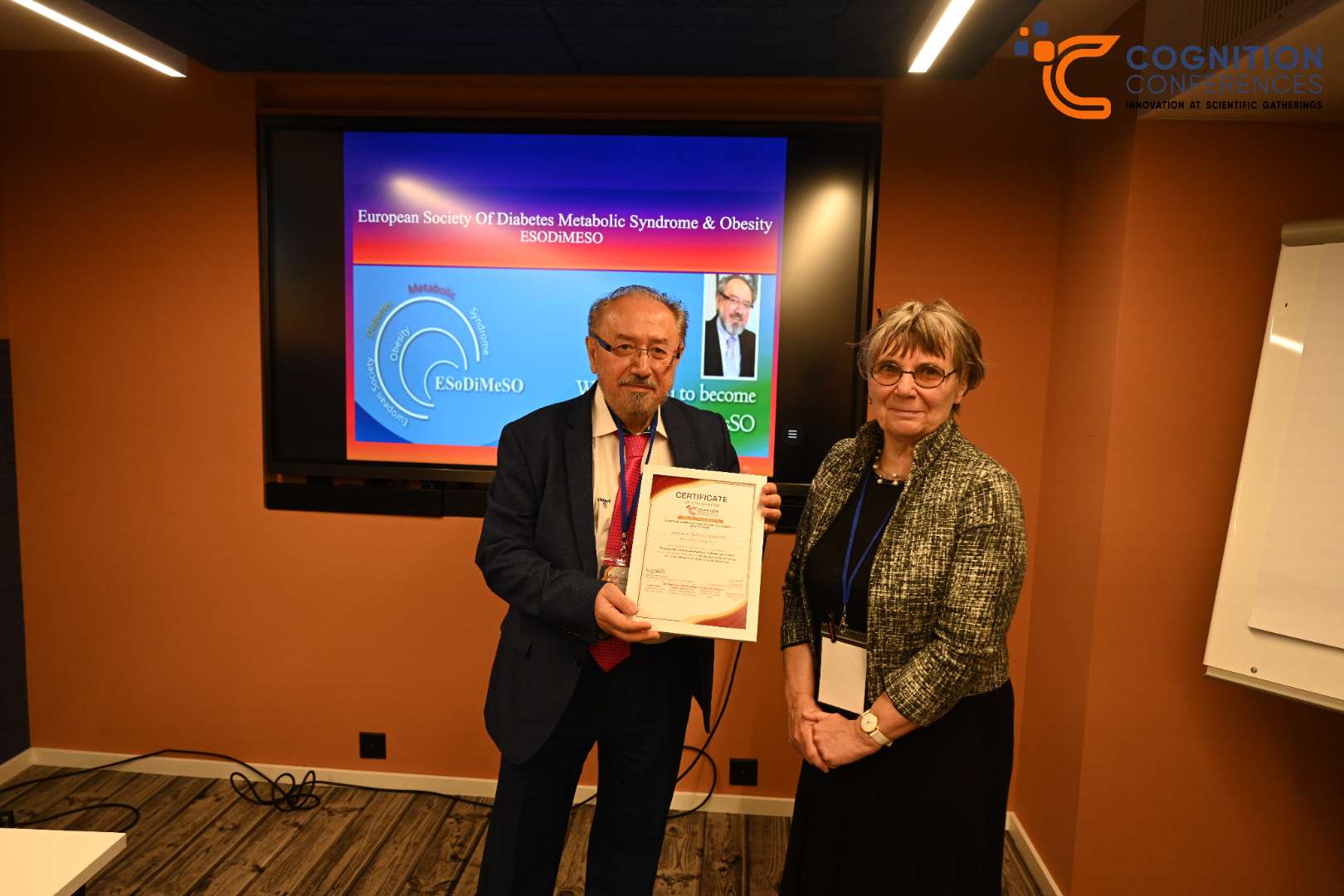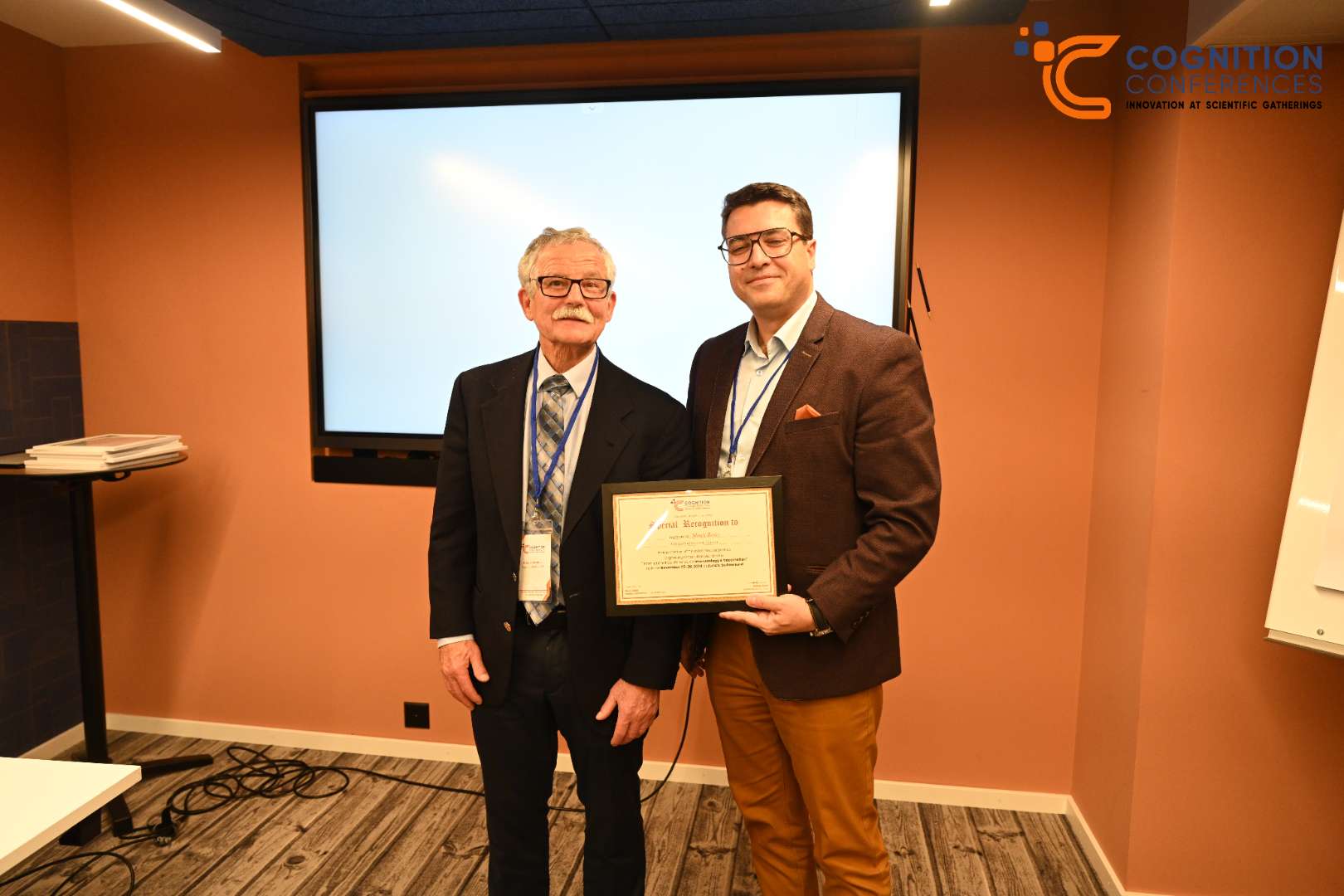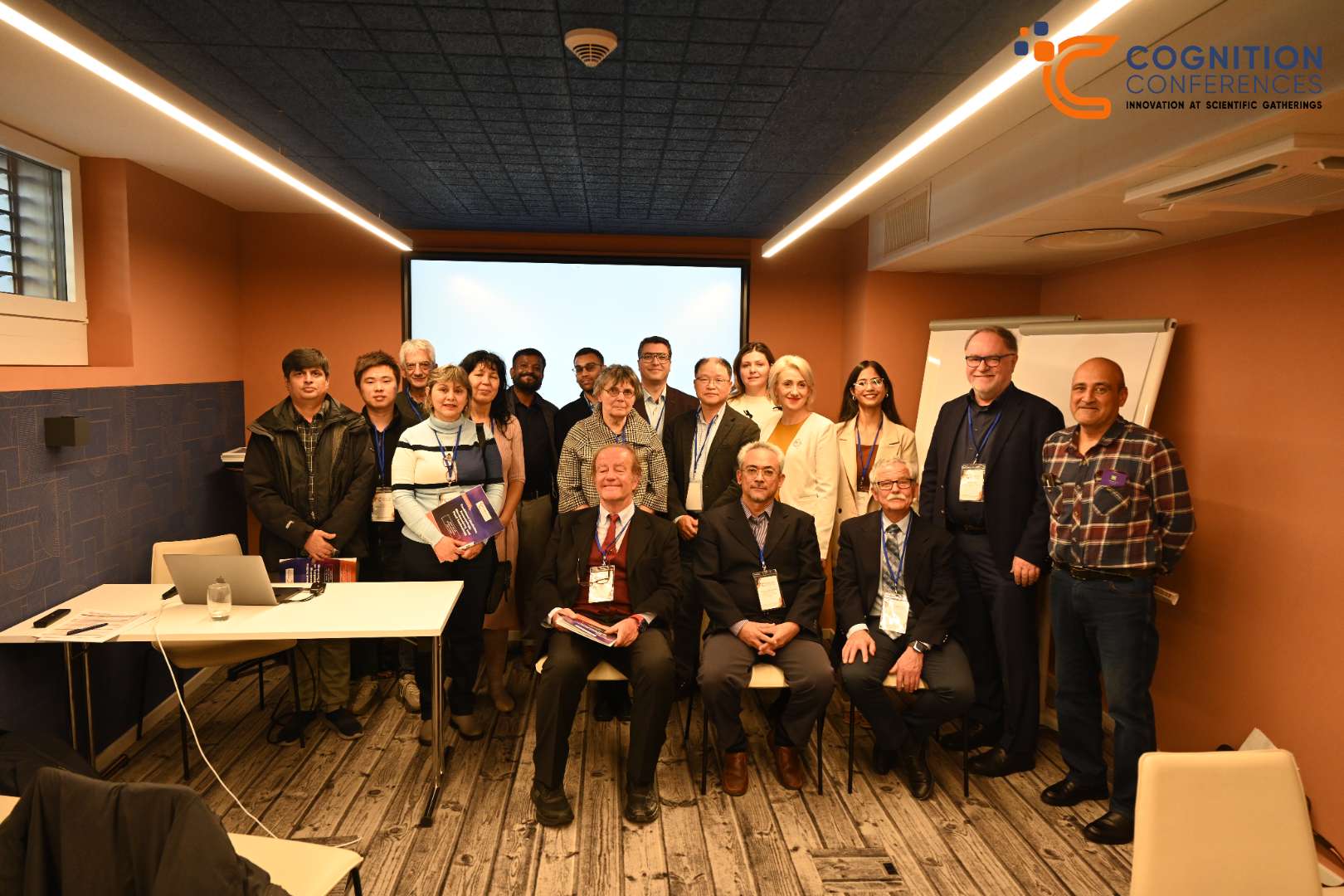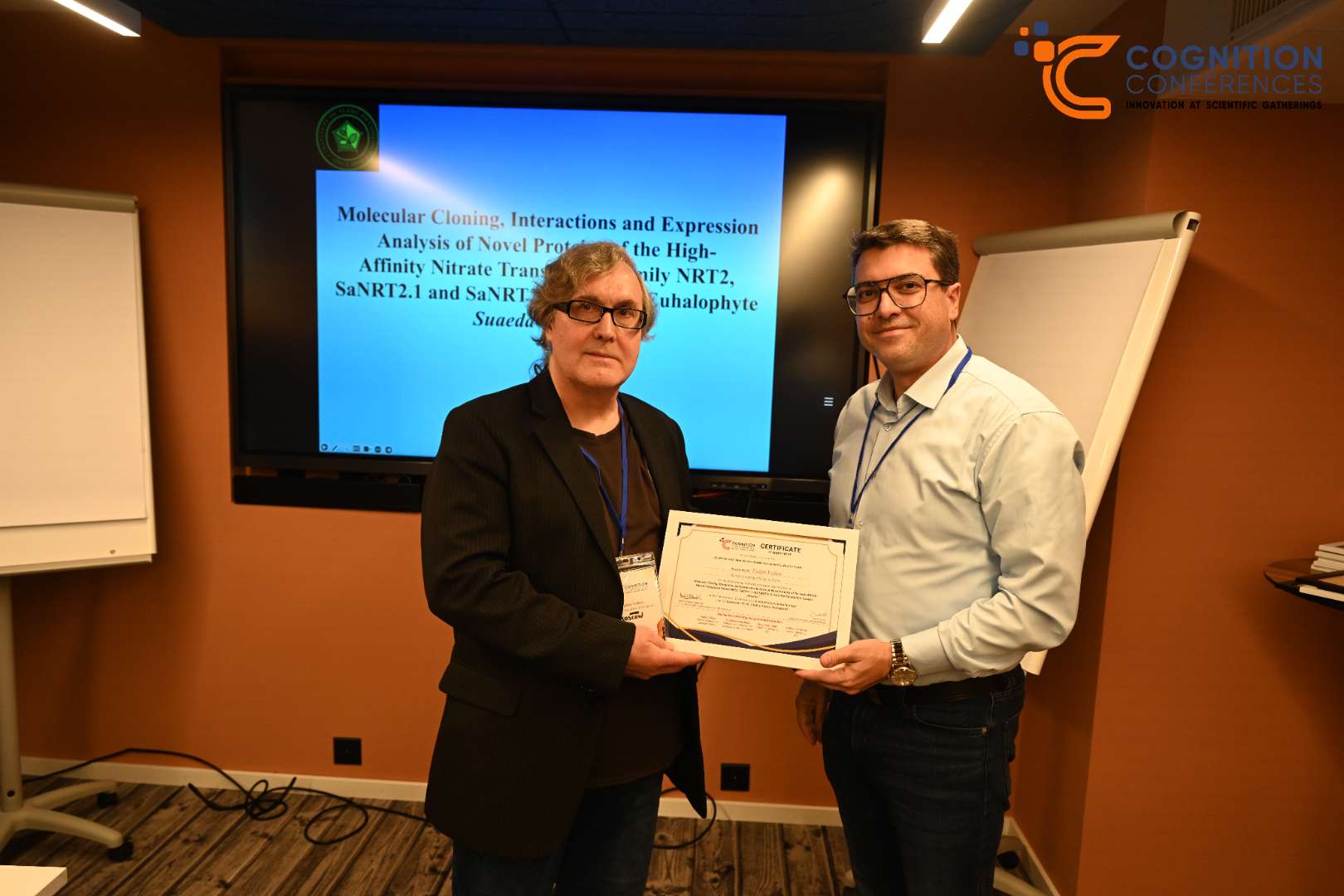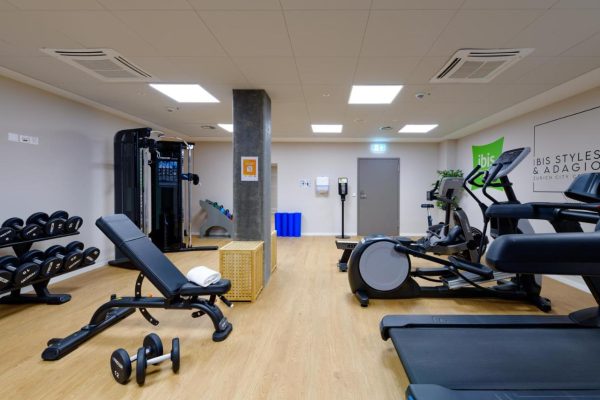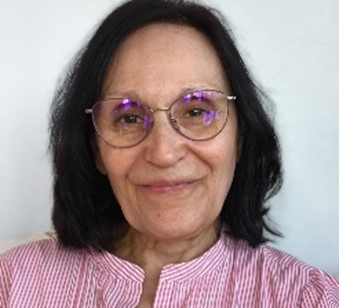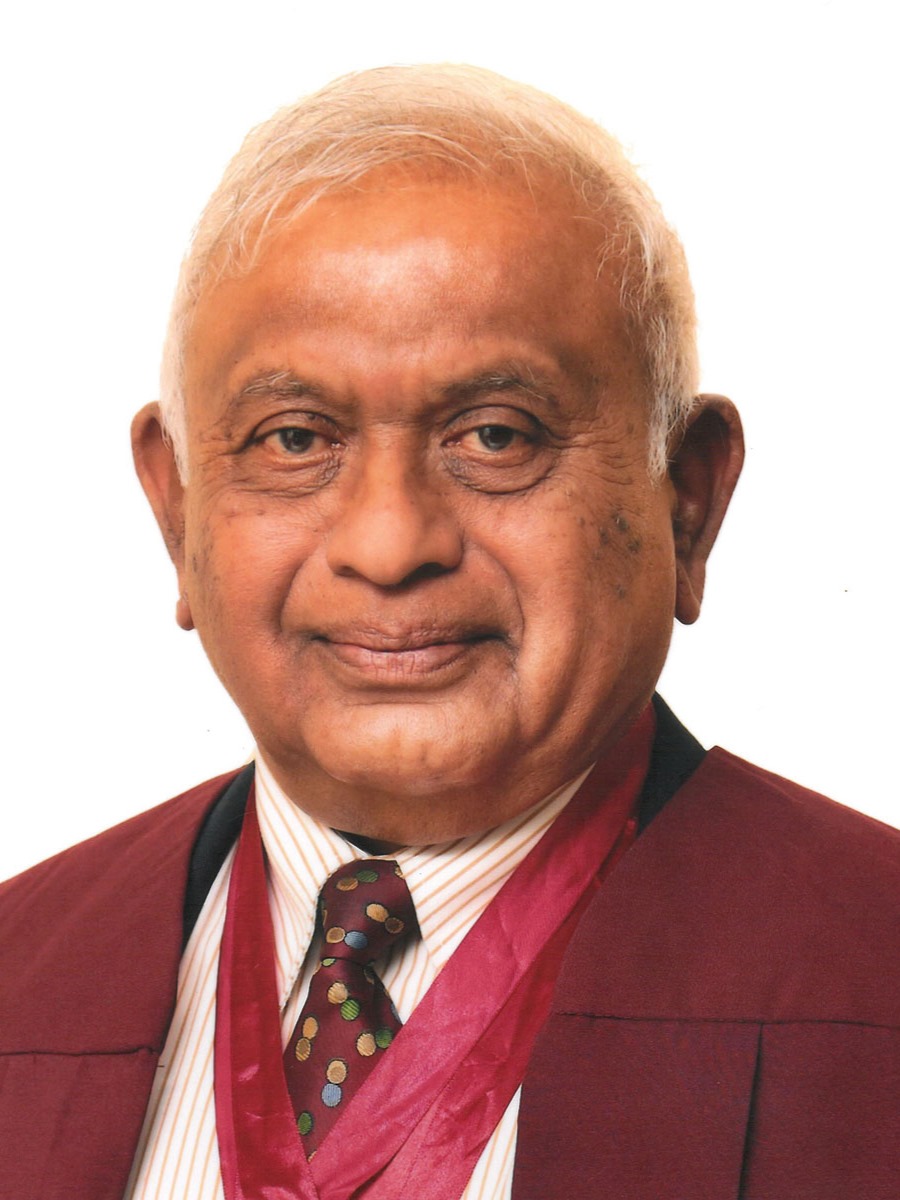Abstract
Analysis of the scientific literature of recent years has shown that there is still no clear understanding of the diagnostic value of age-dependent indicators. In addition, the possibilities of researching indicators of biological age predicting probable life expectancy are poorly understood. In this regard, clarifying the ability of individual and group-oriented markers of aging to reflect the state of health and the effect of pathologies on the body and their correction is a relevant direction of modern gerontology.
The purpose of this research is to study the age-related dynamics of some biochemical indicators of the body of centenerians and their relatives living in the Goychay district. For this purpose, some biochemical indicators were determined in the blood – the level of glucose, triglycerides (TG), total cholesterol , high-density lipoproteins (HDL), low-density lipoproteins (LDL). Also, the state of lipid peroxidation (LP) was determined by the content of hydroperoxides and malondialdehyde (МDA), and antioxidant enzyme activity (AEА) – catalase, glutathione peroxidase (GPx).
The persons involved in the research received informed consent. First of all, people living in the Goychay district, belonging to the group of centenarians, were registered. The subjects were aged between 45 and 99 years old, they were divided by gender and at the time of the examination they did not complain about their health.
The analysis of the obtained data showed that the studied biochemical indicators of the body reflected the pace of aging and the duration of the upcoming life expectancy to varying degrees.
Thus, the investigated biochemical indicators did not reveal such a high age dependence, being more stable and conservative to a greater extent. And, first of all, they reflected the stability of the homeostasis of the organism and, apparently, the probable length of life.




